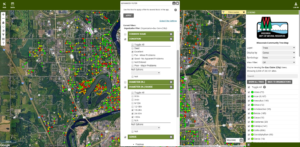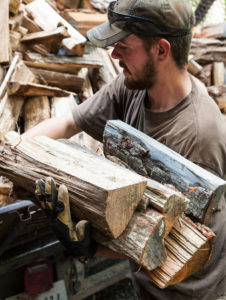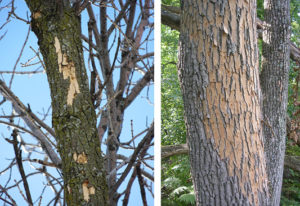By Tara Bergeson, DNR invasive species team leader, 608-264-6043, Tara.Bergeson@wisconsin.gov
Nominations are being accepted through March 23, 2020 for “Invader Crusaders.” These awards go to individuals, groups and organizations who made outstanding contributions in 2019 to prevent, control or eradicate invasive species that harm Wisconsin’s native wildlife and wetlands, forests, prairies, lakes and rivers.
The Wisconsin Invasive Species Council is seeking nominations for exemplary efforts at addressing issues surrounding terrestrial and aquatic invasive plants and animals. The awards will be presented in both volunteer and professional categories.
To submit a nomination, download and fill out a nomination form available on the Wisconsin Invasive Species Council’s Invader Crusader webpage. Email the completed form to invasive.species@wisconsin.gov by March 23.
A panel of Wisconsin Invasive Species Council members will review the nomination materials and select the award winners. All nominators and winners will be notified by mid-May 2020.
Recipients of the awards will be recognized at an awards ceremony on June 11 at Olbrich Botanical Gardens in Madison.
Invasive species are nonnative plants and animals that cause great ecological, environmental or economic harm, and some can even affect human health. Once an invasive species becomes established in an area, it can be difficult to control. The most important action Wisconsinites should take is to avoid moving invasive species or the materials that might harbor them to new places.
To learn more about what you can do to stop the spread of invasive species, visit the DNR invasive species webpage.
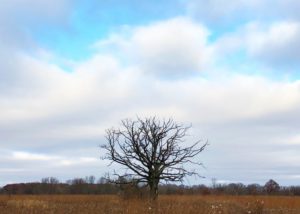 Happy Arbor Day! Join us in celebrating from home today. Post a photo of your favorite tree on social media, tag @arborday, and use the hashtag #arbordayathome. The Arbor Day Foundation will plant a tree on your behalf.
Happy Arbor Day! Join us in celebrating from home today. Post a photo of your favorite tree on social media, tag @arborday, and use the hashtag #arbordayathome. The Arbor Day Foundation will plant a tree on your behalf.
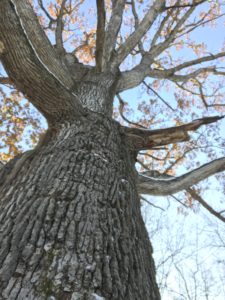 To keep everyone safe and healthy during this pandemic, the Arbor Day Foundation is suspending the requirement to hold a public Arbor Day celebration in 2020. Communities will be able to maintain their Tree City/Campus/Line designations without meeting this standard.
To keep everyone safe and healthy during this pandemic, the Arbor Day Foundation is suspending the requirement to hold a public Arbor Day celebration in 2020. Communities will be able to maintain their Tree City/Campus/Line designations without meeting this standard.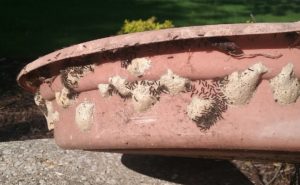
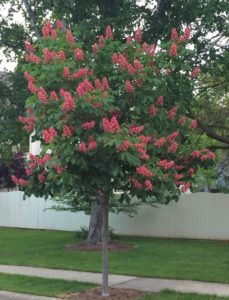
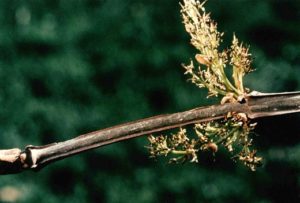 e emerald ash borer (EAB) has a voracious appetite. This pest has eradicated unprotected green and white ash in many communities in southern Wisconsin and can be expected to eventually impact all communities in the state. EAB is also damaging wetland and riverine forests by eliminating green and black ash from these woodlands, which had already become less diverse and resilient from the loss of American elm from Dutch elm disease.
e emerald ash borer (EAB) has a voracious appetite. This pest has eradicated unprotected green and white ash in many communities in southern Wisconsin and can be expected to eventually impact all communities in the state. EAB is also damaging wetland and riverine forests by eliminating green and black ash from these woodlands, which had already become less diverse and resilient from the loss of American elm from Dutch elm disease.